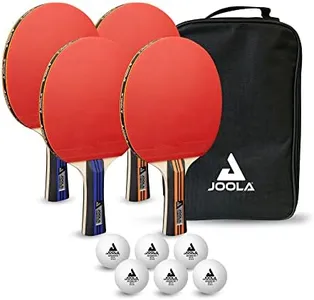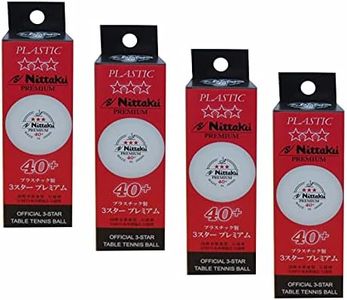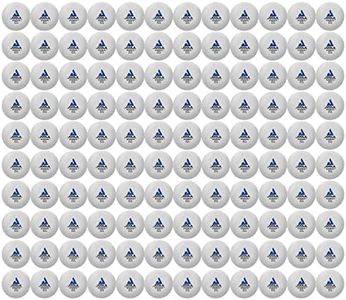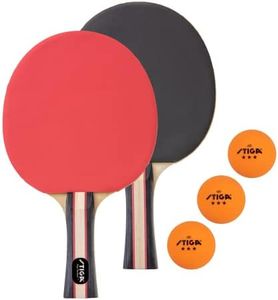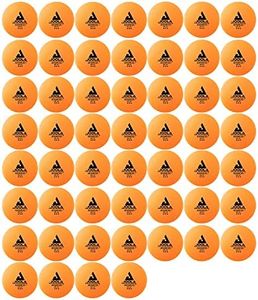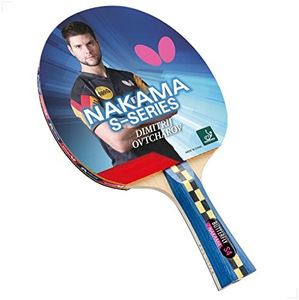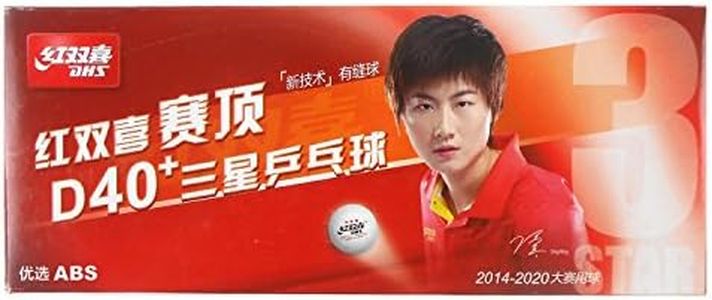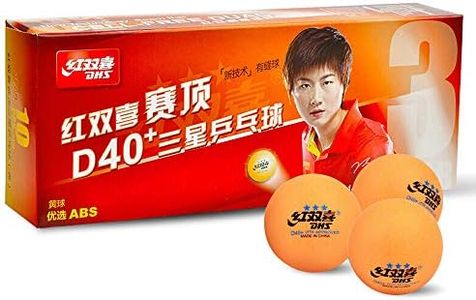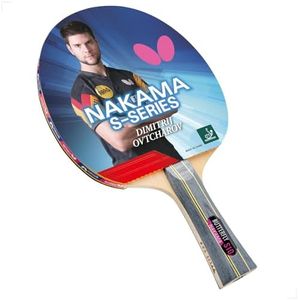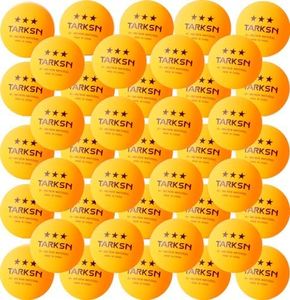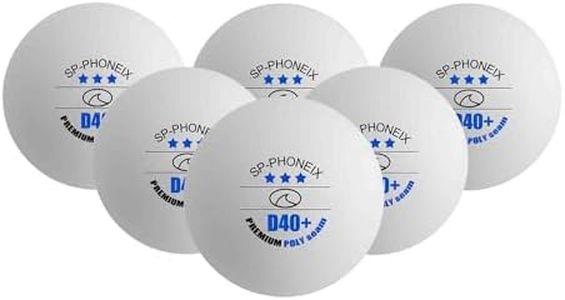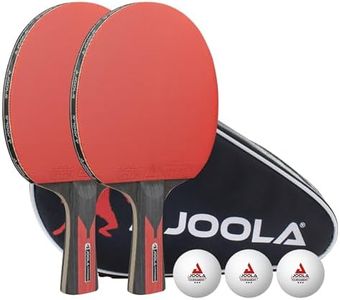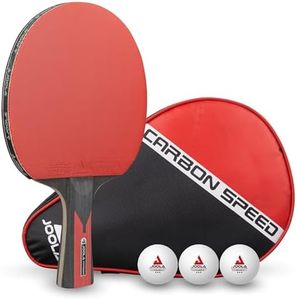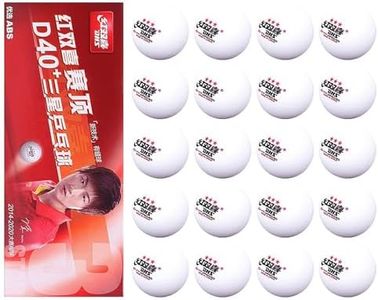We Use CookiesWe use cookies to enhance the security, performance,
functionality and for analytical and promotional activities. By continuing to browse this site you
are agreeing to our privacy policy
10 Best Ping Pong Balls
From leading brands and best sellers available on the web.Buying Guide for the Best Ping Pong Balls
Choosing the right ping-pong balls can make a big difference in your playing experience, whether you’re practicing alone, playing casually with friends, or participating in competitions. The balls you select should match your purpose, skill level, and playing environment. Understanding the main specs of ping-pong balls will help you identify the ones that best fit your needs, ensuring better bounce, spin, and durability.MaterialPing-pong balls are typically made from either celluloid or plastic (often marked as 'poly' or 'ABS'). The material affects the ball's durability, bounce, and even safety, as celluloid is more flammable. Plastic balls are now more common, especially for competitions, because they are safer and have become closer in performance to traditional celluloid. If you're playing casually or training, either can work, but for official matches you should look for plastic balls, as they are now the standard.
DiameterThe diameter of a ping-pong ball influences its flight and bounce characteristics. Officially, regulation balls are 40mm (millimeters) in diameter, which is now the worldwide standard for competition. Some older or recreational balls might be slightly smaller or larger, which can affect playability. If you want a true-to-standard playing experience, especially for training or matches, always choose 40mm balls. For fun play with kids, a slightly bigger ball can slow down the game and make it easier to hit.
WeightStandard ping-pong balls should weigh around 2.7 grams. Weight impacts how the ball flies, how much spin you can generate, and how predictable its bounce is. Lighter balls may feel floaty and harder to control, while heavier ones may be more durable but are not official. For a consistent experience—especially if you're practicing to improve—choose balls close to the official 2.7 gram weight.
Star RatingPing-pong balls are often marked with a star rating system, typically from 1-star to 3-star. This rating represents the quality, roundness, and durability of the ball. Three-star balls are the official standard used in competitions and offer consistent bounce and good durability. Two-star and one-star balls are usually meant for casual play or training machines, as they can be less perfectly round and may break more easily. If you want quality play, especially for matches or serious training, always pick 3-star balls; for casual games or practicing serves, one- or two-star balls will suffice.
ColorPing-pong balls mainly come in white or orange. The choice of color depends on your playing environment and personal preference. White balls are typically used when the table and surroundings are dark, so the ball stands out; orange balls provide better visibility against lighter or more colorful backgrounds. Select the color that offers the best visibility on your table and in your playing room, as this helps you track the ball easily during fast rallies.
